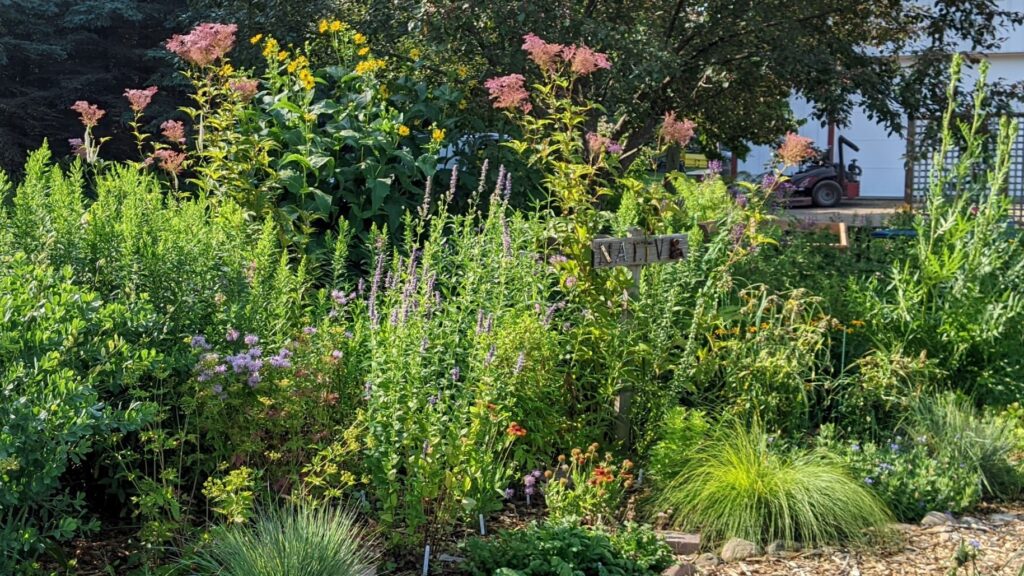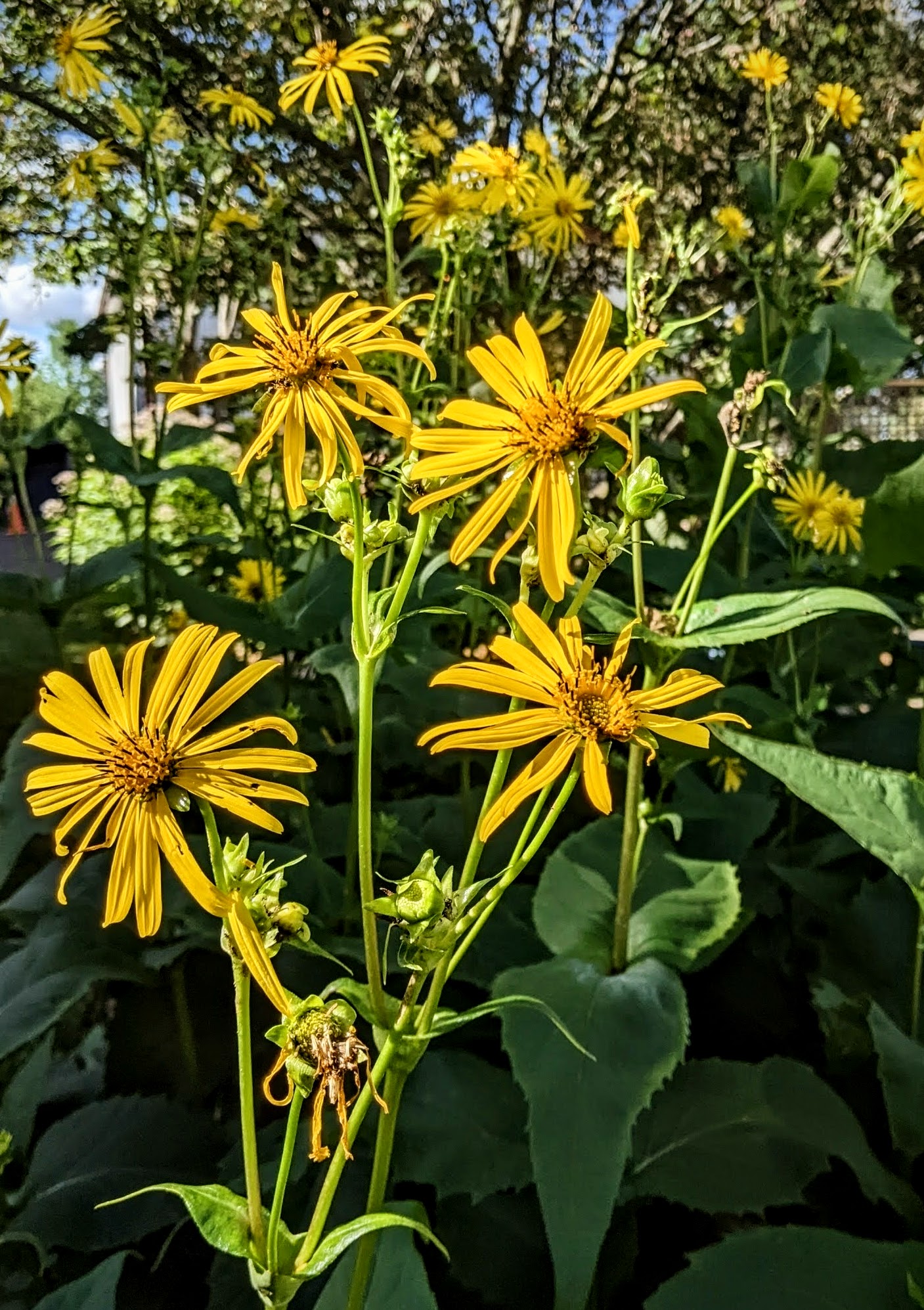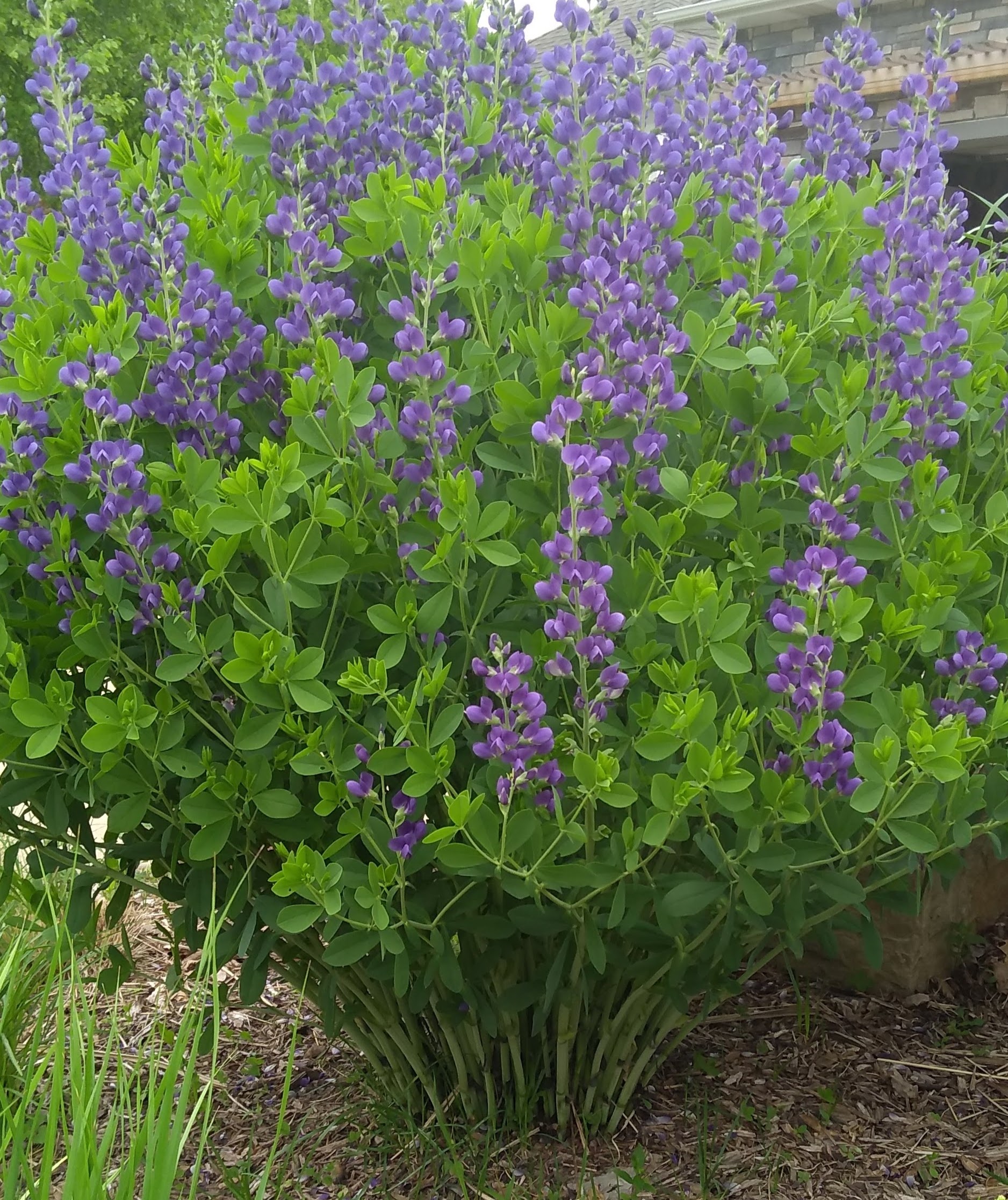Native Species Garden

Native plants are defined as the grasses, flowers and other plants that naturally occur in a geographic area and have flourished for thousands of years – all without the help of gardeners. Native plants are perennials, which means they return each year. Birds, insects and other animals depend on the food supply and habitat provided by native plants.
These perennials have deep roots and are referred to as “water wise” because they don’t require frequent watering and they have an ability to tolerate droughts. The deep roots of many native plants hold soil in place like an underground web and prevent erosion especially along lakeshores and riverbanks. Their strong root systems help control stormwater in urban landscapes by taking up water that might otherwise pour into streets and, eventually, streams.
In contrast, many plant varieties available in mass market plant stores are ‘cultivars’ or hybrids of native plants that humans have genetically modified to produce a unique color, double petals or other attribute. When shopping for native plants look at the identification tags; hybrid plants include a description within quotes to indicate it is a cultivar, for example: the purple coneflower cultivar, Echinacea purpurea ‘Pink Double Delight.’ These cultivated plants typically do not produce as much nectar or pollen as the native varieties, and often require chemical pesticides or herbicides to survive. Scientific studies have shown that hybrid plants often produce less nectar than native species, requiring pollinators to work harder for their foodsource.
Our native plants are the original super pollinators!
For more resources on benefits of choosing native plants, visit the U of MN Extension website.
The MN Dept of Natural Resources maintains a list of Native Plant Suppliers who have certified that they sell Minnesota native plants sourced from the state, do not sell invasive or noxious plants, and/or have experience as a native plant consultant or habitat restoration specialist.
Plant List
A wild strawberry – Fragaria virginiana
B cup plant – Silphium perfoliatum
C Blue False Indigo – baptisia australis
D spiderwort – Tradescantia occidentalis
E golden Alexander – zizea aurea
F blanketflower – Gaillardia aristata
G anise hyssop – Agastache foeniculum
H little bluestem – Schizachyrium scoparium
I solomon’s seal – Polygonatum spp
J prairie dropseed – porobolus heterolepis
K queen of the prairie – Filipendula rubra
L Culver’s root – Veronicastrum virginicum
M New England aster – Aster novae-angliae
N Canada Goldenrod – Solidago canadensis
O black-eyed Susan – Rudbeckia hirta
P wild bergamot – Monarda fistulosa
Q wild petunia – Ruellia humilis
S prairie smoke – Geum triflorum
T blue vervain – Verbena hastata
U great blue lobelia – Lobelia silphilitica
V butterflyweed – Asclepias tuberosa
W white turtlehead – Chelone glabra
X stiff leafed goldenrod – Solidago rigida
Y brown-eyed Susan – Rudbeckia triloba
Z zig-zag goldenrod – Solidago flexicaulis
AA rough blazing star – Liatris aspera
BB purple prairie clover – Dalea purpurum
CC evening primrose – Oenothera biennis
DD common dogwood – Cornus sanguinea
EE compass plant – Silphium laciniatum
FF wild geranium – Geranium maculatum
GG partridge pea – Chamaecrista fasciculata
HH plain gentian – gentiana alba
II rattlesnake master – Eryngium yuccifolium
JJ early figwort – Scrophularia lanceolate
KK Pennsylvania sedge – Carex pensylvanica
LL nodding onion – allium stellatum
MM obedient plant – Physostegia virginiana
NN prairie phlox – Phlox pilosa
OO baneberry – Actaea rubra
PP ironweed Vernonia fasciculata
QQ Joe Pye weed Eutrochium purpureum
RR purple coneflower Echinacea argusifolia
SS royal catchfly Silene regi
Garden map

















